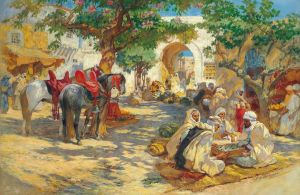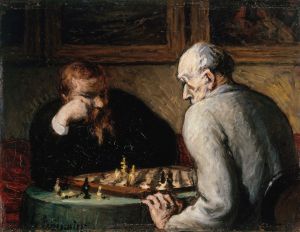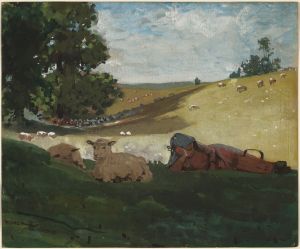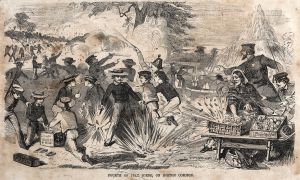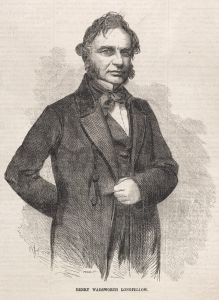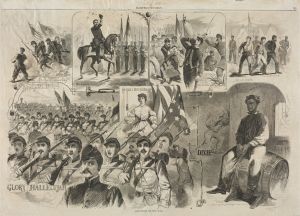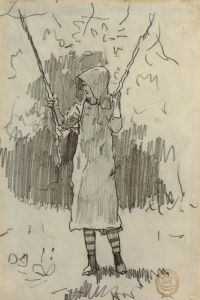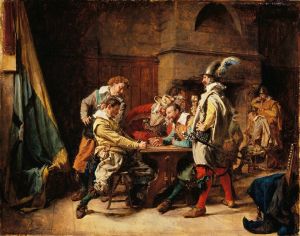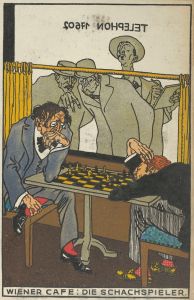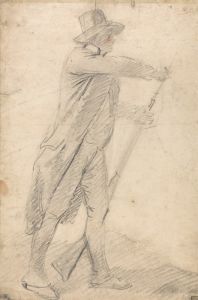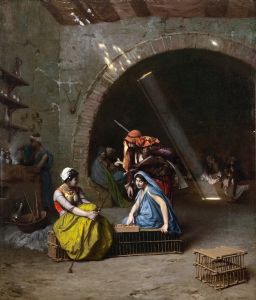
Paul Morphy, The Chess Champion
A hand-painted replica of Winslow Homer’s masterpiece Paul Morphy, The Chess Champion, meticulously crafted by professional artists to capture the true essence of the original. Each piece is created with museum-quality canvas and rare mineral pigments, carefully painted by experienced artists with delicate brushstrokes and rich, layered colors to perfectly recreate the texture of the original artwork. Unlike machine-printed reproductions, this hand-painted version brings the painting to life, infused with the artist’s emotions and skill in every stroke. Whether for personal collection or home decoration, it instantly elevates the artistic atmosphere of any space.
"Paul Morphy, The Chess Champion" is a painting by the renowned American artist Winslow Homer. Created in 1859, this work captures the likeness of Paul Morphy, who was widely considered one of the greatest chess players of his time. Morphy, born in 1837 in New Orleans, Louisiana, was a chess prodigy who achieved international fame for his extraordinary skill in the game. By the age of 21, he was recognized as the unofficial world chess champion after a series of successful matches against leading European players.
Winslow Homer, known for his landscape paintings and depictions of American life, was an illustrator and artist who contributed to various publications. During the 1850s, Homer worked for Harper's Weekly, a popular magazine of the time, where he honed his skills in illustration and developed a keen eye for capturing the essence of his subjects. The painting of Paul Morphy is one of Homer's early works and reflects his interest in portraying notable figures of contemporary society.
The painting itself is a testament to Homer's ability to convey character and presence. Morphy is depicted seated at a chess table, his expression thoughtful and focused, embodying the intellectual intensity for which he was known. The setting is intimate, drawing the viewer's attention to Morphy's concentration and the strategic nature of chess. Homer's use of light and shadow adds depth to the composition, highlighting Morphy's features and the chessboard before him.
This artwork is significant not only for its artistic merit but also for its historical context. During the mid-19th century, chess was gaining popularity as a pastime and intellectual pursuit. Morphy's achievements helped elevate the status of chess in America and abroad, making him a celebrated figure in both the chess community and the broader public. Homer's painting serves as a visual record of Morphy's impact on the game and his status as a cultural icon of the era.
While "Paul Morphy, The Chess Champion" is not as widely known as some of Homer's later works, it remains an important piece in understanding the early career of Winslow Homer and the cultural milieu of the time. The painting is a reflection of the intersection between art and the intellectual pursuits of the 19th century, capturing a moment when chess was becoming a symbol of strategic thinking and intellectual prowess.
In summary, Winslow Homer's painting of Paul Morphy is a notable work that combines the talents of a burgeoning American artist with the legacy of a chess legend. It stands as a historical document that highlights the cultural significance of chess and the individuals who shaped its history.






